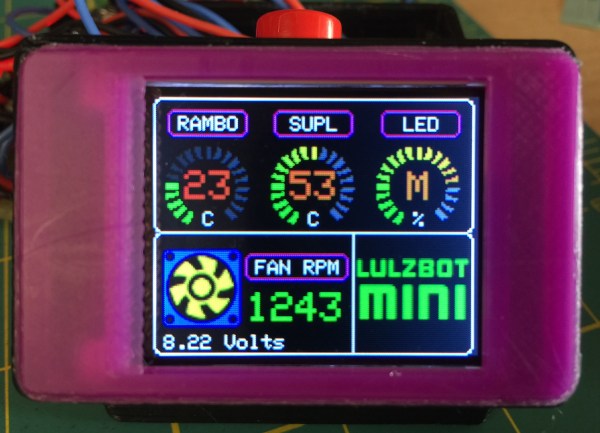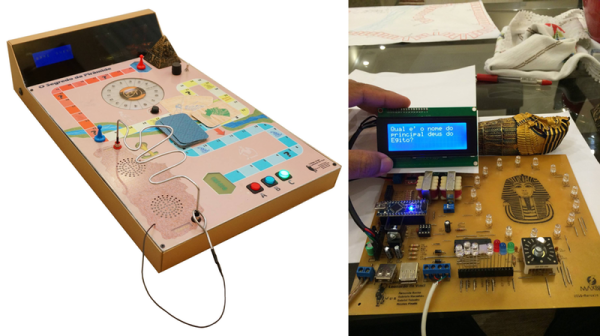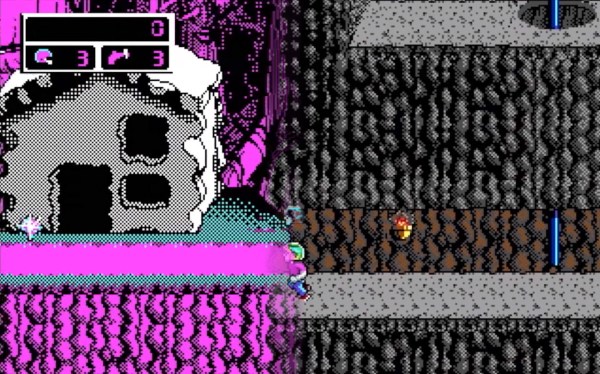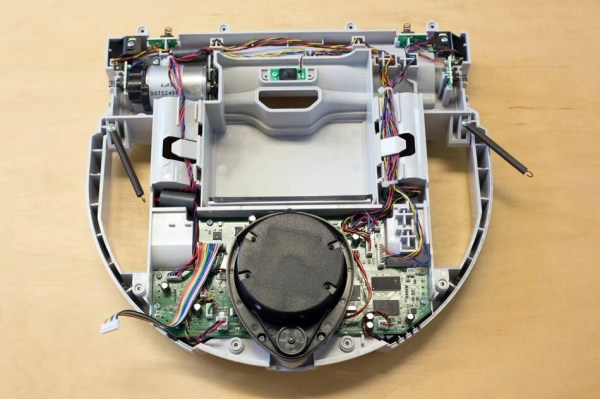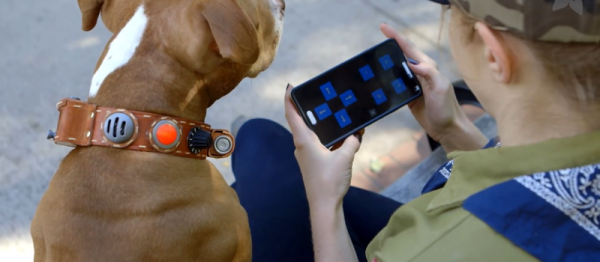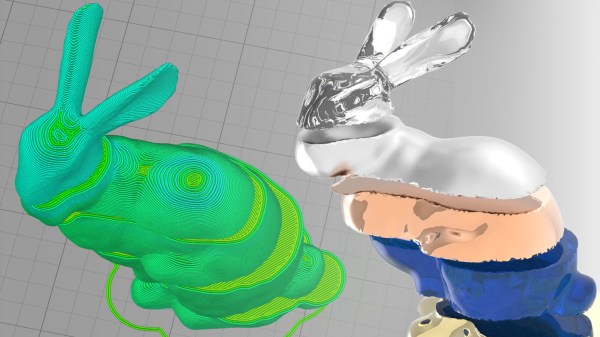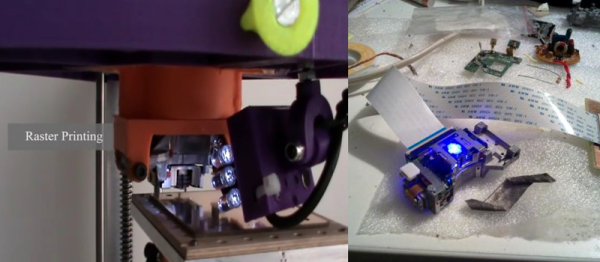[Dave] just couldn’t take the ambient noise from his Lulzbot Mini anymore, so he built a fancy fan controller for it.
He measured some points on the printer’s Rambo controller board to see what actually got hot during a print. The hottest components were the motor drivers, so he taped a thermistor to them. He also placed one in the printer’s power supply. He replaced the main fan with a low noise model from Noctua (which have the most insanely fancy packaging you could imagine for a computer fan). The software on an Arduino Nano now idles the fan at an inaudible 650RPM, if an unacceptable temperature increase is detected, it increases the fan speed for a period, keeping everything nice and quietly cool.
The graphics display was added because, “why not?” A classic reason. The graphics runs on a hacked version of Adafruit’s library. It took him quite a while to get the graphics coded, but they add that extra bit of high-tech flair to keep the cool factor of the 3d printer up before they become as ubiquitous as toasters in the home. The code, fritzing board layout, 3D models, and a full build log is available at his site.

